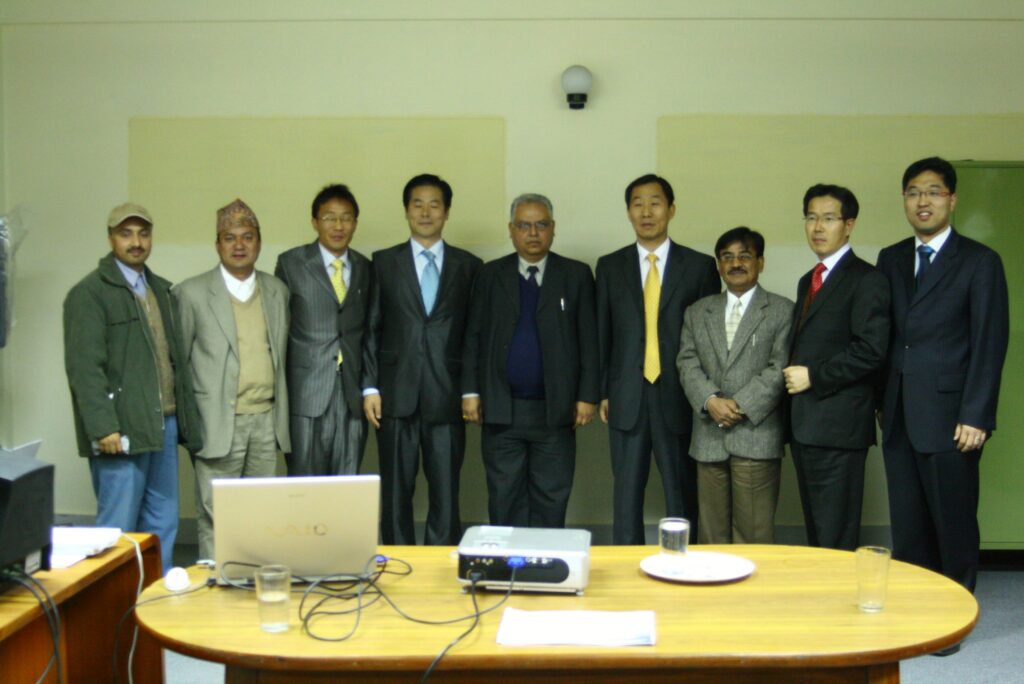
The Nepali Dep. of Customs (DoC) has initiated Second Phase of the Customs Reform and Development Program (2006~2009) with a view to cope the complexities and challenges before it. The modes of trade and transaction is so mechanized that the traditional style of customs administration is almost impossible to operate by facilitating trade with security. This situation has necessitated DoC to develop its human resource and at the same time to introduce new technologies in relation to customs information technology and automation.
Seeking for a resolution and guidelines to develop a proper system, CUPIA conducted Feasibility study on Nepal customs modernization in 2007. The study provided in depth analysis on the Political and Technical environment of Nepal customs and suggested Technical Plan, Application Architecture and Technical Architecture of the system to be built. The study also diagnosed Risk Factors for the project, then came up with Project Implementation Schedule, Training, Operation and Maintenance Plan.
The study foresaw the benefit of the modernization in many aspects.
Finance: Increase tax revenue by preventing tax evasions and increasing the target rate of selectivity by using the Risk Management.
Customers: Comply with international agreements (48 hours after arrival, and 24 hours after declaration), such as FTA, and increase the reliability among customers on customs administration. Increase customer’s satisfaction through rapid clearance processing, and accurate data collection.
Process: Effective clearance and strengthen national security and stability through the implementation of Risk management (Clearance C/S, Audit R/S) and prevent tax evasions and increase tax revenue by strengthening Post audit.
Innovation and Development: Establish a basis for the continuous development of DoC.
The expected benefit of total net is 216 million USD, and the annual average benefit expected is 43 million USD.
Please don’t hesitate to contact us if you need further information about the assistance.